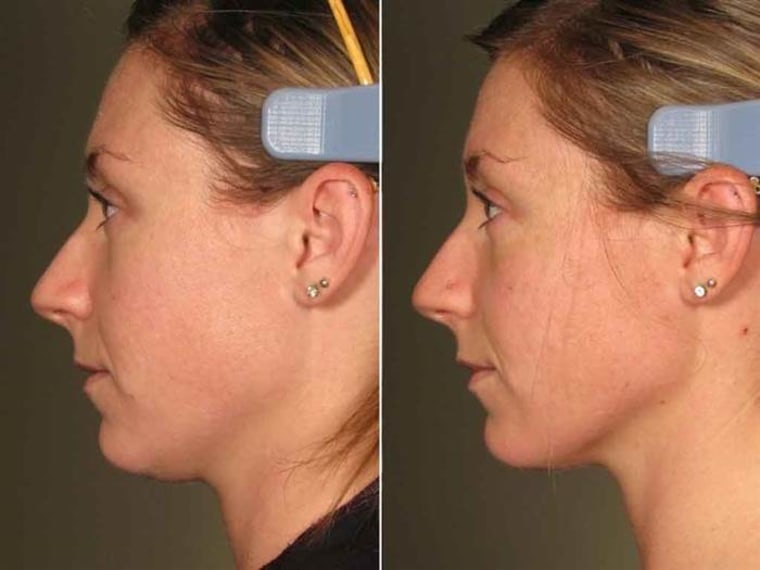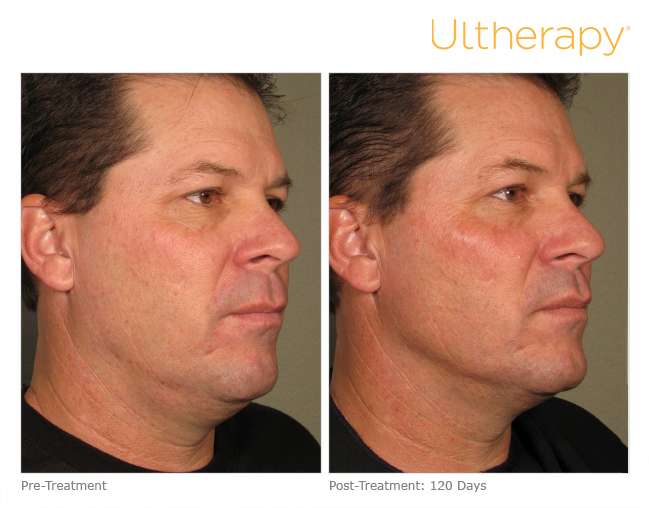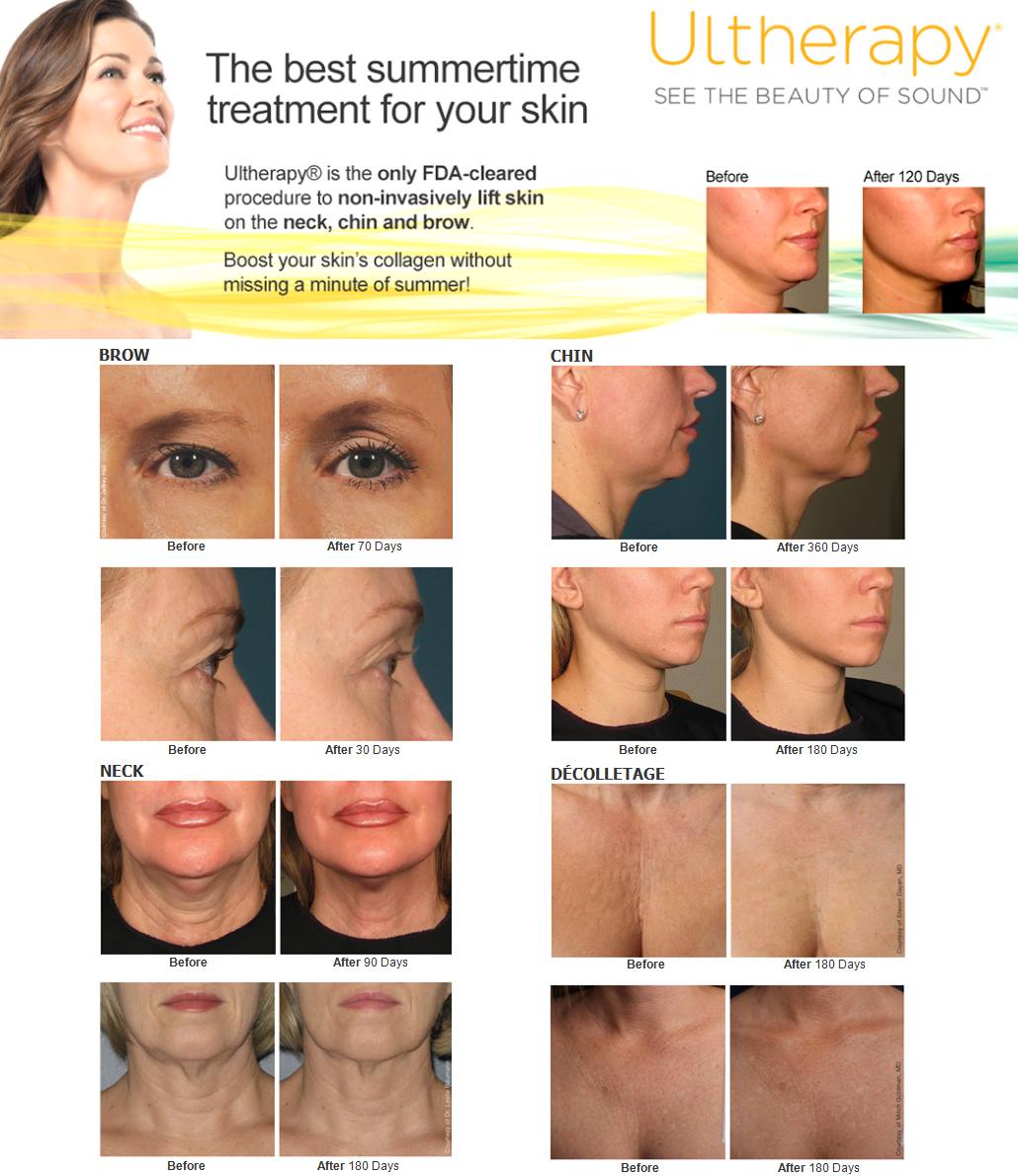Density RF Malaysia vs Ultherapy Malaysia: Comparison Guide
Why Ultherapy Could Be Medically Necessary: Discovering the Factors for a Non Surgical Lift
Ultherapy is gaining focus as a feasible option for people dealing with skin laxity due to aging or details medical conditions. This non-surgical therapy stimulates collagen manufacturing, providing a solution that prevents the recovery time connected with intrusive procedures. As individuals seek to boost not only their look but additionally their overall skin wellness, understanding the situations that warrant Ultherapy's use comes to be necessary. What factors add to its clinical requirement?
Recognizing Ultherapy: What It Is and How It Functions
Ultherapy, a non-invasive cosmetic treatment, makes use of ultrasound innovation to boost collagen production and promote skin firm. By delivering focused ultrasound power deep into the skin, it targets the foundational layers commonly attended to in surgical facelifts. This procedure urges the body's natural healing action, causing gradual training and firm of the skin with time.

Treatment sessions commonly last between 30 to 90 mins, depending on the dimension of the area being treated. While outcomes may not be right away visible, suitable effects normally appear within two to 3 months as collagen remains to establish. Ultherapy deals a compelling non-surgical alternative for individuals looking for skin rejuvenation without the requirement for intrusive procedures.
The Aging Process: Results on Skin Elasticity and Collagen
Aging undoubtedly brings adjustments that diminish skin elasticity and collagen production, resulting in visible indications of sagging and creases. As people age, the skin's ability to maintain dampness decreases, leading to a drier and much less resilient surface. Collagen, an essential healthy protein in charge of skin structure, likewise reduces, creating the skin to lose its firmness and younger appearance. Aspects such as sunlight direct exposure, environmental contaminants, and way of living selections further accelerate this decline in skin quality.
This loss of elasticity and collagen produces a cascade of modifications, consisting of the development of dewlaps, growing nasolabial folds up, and an overall drooping look. The skin's support group weakens, making it more vulnerable to the impacts of gravity. Several people look for interventions like Ultherapy to fight these aging impacts, aiming to restore an extra vibrant, taut look without the requirement for intrusive medical treatments.
Medical Problems That May Advantage From Ultherapy
Ultherapy is progressively recognized for its potential benefits in addressing different clinical conditions. Individuals experiencing skin laxity, those in post-surgical healing, and individuals with chronic skin disease may find this non-invasive treatment advantageous. By promoting collagen production, Ultherapy can enhance skin firmness and boost overall look for these teams.
Skin Laxity Issues
Skin laxity can be a substantial issue for people experiencing various clinical conditions that impact the integrity and elasticity of their skin. Problems such as Ehlers-Danlos syndrome, which interferes with collagen production, can cause premature skin aging and sagging. In addition, individuals with autoimmune conditions might experience skin changes that add to laxity. Hormone fluctuations, especially during menopause, likewise contribute in diminishing skin firmness. Ultherapy, making use of ultrasound technology, targets the deeper layers of skin, boosting collagen manufacturing and tightening the impacted areas. This non-invasive therapy might provide a feasible remedy for those seeking to attend to skin laxity arising from these clinical problems, enhancing both appearance and self-confidence without the requirement for medical treatment.
Post-Surgical Recovery Aid
Post-surgical healing can usually existing challenges, particularly for individuals experiencing skin laxity because of medical treatments. Ultherapy works as a possible aid in this situation, utilizing ultrasound technology to promote collagen production and enhance skin rigidity without invasive procedures. Individuals who have undergone surgical procedures such as renovations, liposuction surgery, or various other body contouring procedures may discover that Ultherapy improves their healing by attending to irregular appearance and laxity that can happen post-operation. This non-surgical technique can cause enhanced aesthetic outcomes, potentially reducing the demand for extra surgical treatments. Additionally, it may help reduce discomfort connected with the healing procedure, offering people a much more all-inclusive healing experience. Subsequently, Ultherapy can be a useful choice in post-surgical care.
Persistent Skin Disease
For individuals struggling with chronic skin disease such as acne marks, rosacea, or laxity because of aging, non-invasive treatments might provide significant alleviation and improvement. Ultherapy has actually become an encouraging choice, utilizing ultrasound modern technology to promote collagen production deep within the skin. This process can boost skin structure and elasticity, resolving issues like irregular skin tone and drooping. Specifically, those with rosacea might experience decreased soreness and inflammation, while patients with acne scars can gain from improved skin level of smoothness and general look. Significantly, Ultherapy gives a non-surgical option that decreases recovery time and threats connected with invasive treatments, making it an appealing option Bonuses for individuals looking for effective administration of persistent skin disease.
Mental Influence of Sagging Skin and Aesthetic Worries
The psychological toll of aging commonly shows up in the form of drooping skin, which can greatly affect a person's self-worth and overall psychological wellness. Lots of people associate younger looks with energy and attractiveness, causing sensations of inadequacy when confronted with visible indications of aging. This regarded decrease in elegance can result in social stress and anxiety, withdrawal from social communications, and a raised preoccupation with one's appearance.
Individuals may feel obliged to seek aesthetic treatments to content fight these worries, as the need to keep a vibrant look can come to be linked with individual identification. The emotional results of drooping skin might additionally cause clinical depression or a lessened lifestyle. Subsequently, non-surgical alternatives like Ultherapy arise as possible remedies, intending not just to revitalize the skin however also to restore self-confidence and a favorable self-image, inevitably resolving the much deeper psychological ramifications of aging.
Contrasting Ultherapy to Standard Surgical Options
When comparing Ultherapy to traditional surgical options, substantial distinctions emerge in both cost-effectiveness and recuperation time. Ultherapy deals a non-invasive method that frequently causes reduced expenses and marginal downtime for individuals. On the other hand, medical lifts normally need even more monetary investment and an extended recuperation period.
Cost-Effectiveness of Ultherapy

Conventional medical lifts usually come with significant in advance prices and extended healing times, Ultherapy offers a compelling option that can supply comparable results at a portion of the rate. The average expense of a medical facelift can range from $7,000 to $15,000, while Ultherapy treatments commonly fall between $2,000 and $4,500, relying on the location treated and supplier proficiency. Furthermore, the absence of substantial pre-operative analyses and post-operative treatment connected with Ultherapy even more adds to its cost-effectiveness. This technique not only minimizes financial stress but likewise enables individuals to spend in various other facets of their health and wellness and well-being. In this means, Ultherapy emerges as a financially practical choice for those seeking facial renewal without the concerns of standard surgical procedure.
Recuperation Time Contrast
Recuperation time is a significant factor in the decision-making process more tips here for those considering cosmetic procedures. Ultherapy stands out as a non-surgical option that generally requires minimal downtime. Most patients can go back to their day-to-day tasks nearly promptly, experiencing just moderate redness or swelling that usually resolves within a couple of hours. In comparison, standard surgical options, such as renovations, commonly require a prolonged recovery duration. Individuals may face numerous weeks of swelling, wounding, and restricted task, with some going back to normal regimens using up to 3 months. This plain difference in recuperation time makes Ultherapy an enticing option for individuals looking for effective outcomes without the substantial aftercare associated with surgical procedure, enabling for a smoother adjustment back to day-to-day life.
The Long-Term Perks of Non-Invasive Treatments for Skin Health
As people progressively look for options to surgeries, the long-term advantages of non-invasive treatments for skin health and wellness become extra obvious. Therapies such as Ultherapy, chemical peels, and laser therapy deal considerable benefits without the requirement for comprehensive recuperation times connected with surgical procedure. Non surgical facelift Malaysia. In time, these non-invasive alternatives can promote collagen production, causing stronger skin and a much more vibrant appearance
Furthermore, normal non-invasive treatments can enhance skin appearance, tone, and elasticity, boosting total skin health and wellness. Clients commonly experience fewer problems and adverse effects, making these procedures extra appealing.
In addition, the collective effects of constant therapies can maintain and lengthen aesthetic improvements, enabling people to keep their wanted look with marginal downtime. By focusing on non-invasive methods, individuals can achieve long lasting results while prioritizing their health and wellness and wellness. Eventually, the long-lasting benefits of such techniques highlight their growing popularity in contemporary skin care.
Regularly Asked Inquiries

How Lengthy Does an Ultherapy Session Typically Take?
An Ultherapy session normally lasts between 30 to 90 minutes, depending upon the therapy location. Factors such as the individual's details needs and the degree of the treatment can affect the overall duration.

Exist Any Type Of Negative Effects Related To Ultherapy?
Ultherapy can result in side effects such as short-lived inflammation, swelling, or inflammation in the treated location - RJ Clinic Ultherapy. While a lot of individuals experience very little discomfort, it is vital to speak with a specialist for personalized suggestions and potential responses
How Quickly Can I See Outcomes After Treatment?
Arise from Ultherapy generally start to appear within 2 to 3 months post-treatment. The full impacts might proceed to develop over 6 months as collagen manufacturing increases, causing noticeable lifting and firm of the skin.
Is Ultherapy Suitable for All Skin Types?
Ultherapy is typically ideal for various skin types, consisting of lighter and darker tones. However, private skin conditions and problems may affect its efficiency, making consultations with a qualified expert essential for tailored suggestions.
Just How Often Should Ultherapy Treatments Be Repeated?
Ultherapy treatments are usually suggested every 6 to one year, relying on specific skin condition and desired results. Normal analyses by a certified expert can aid establish the most effective regularity for upkeep and performance.